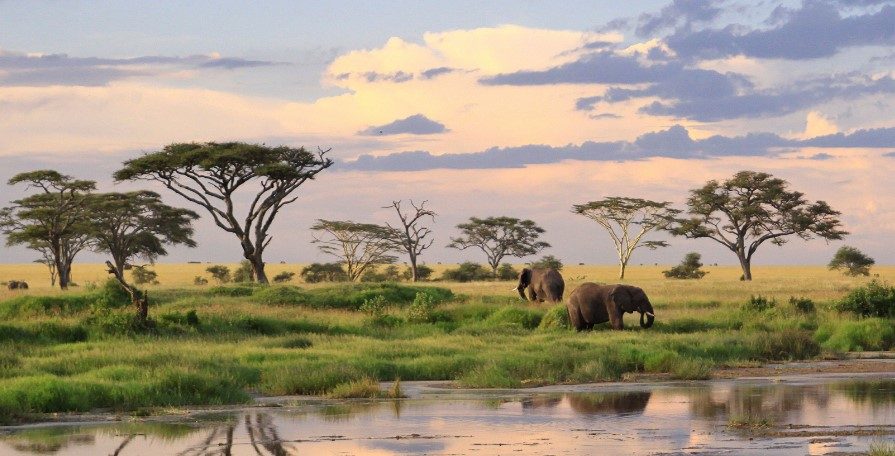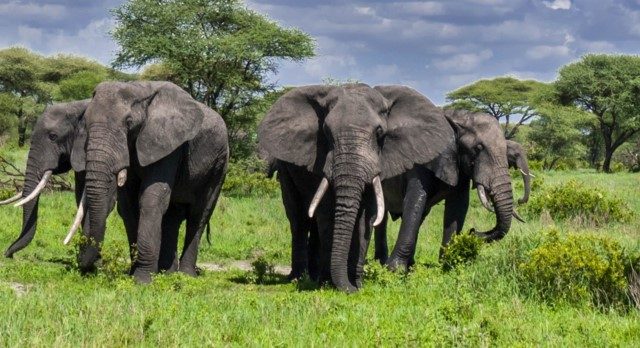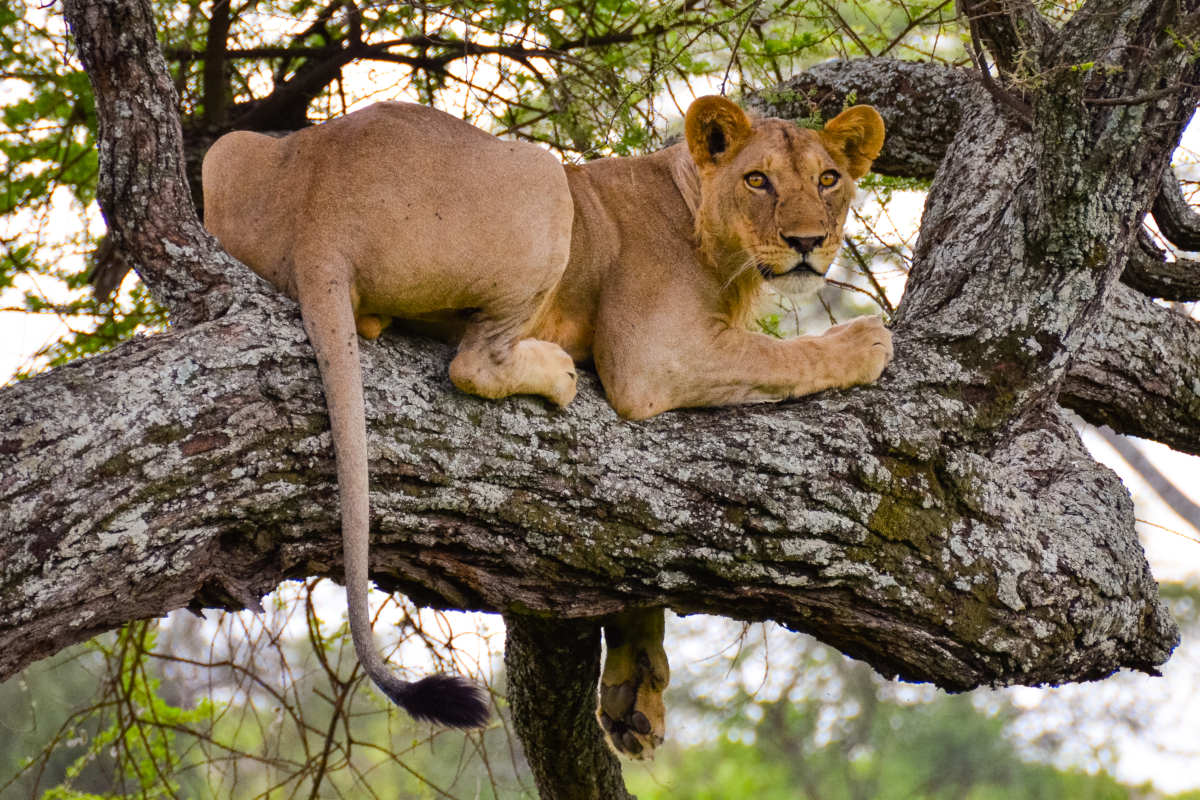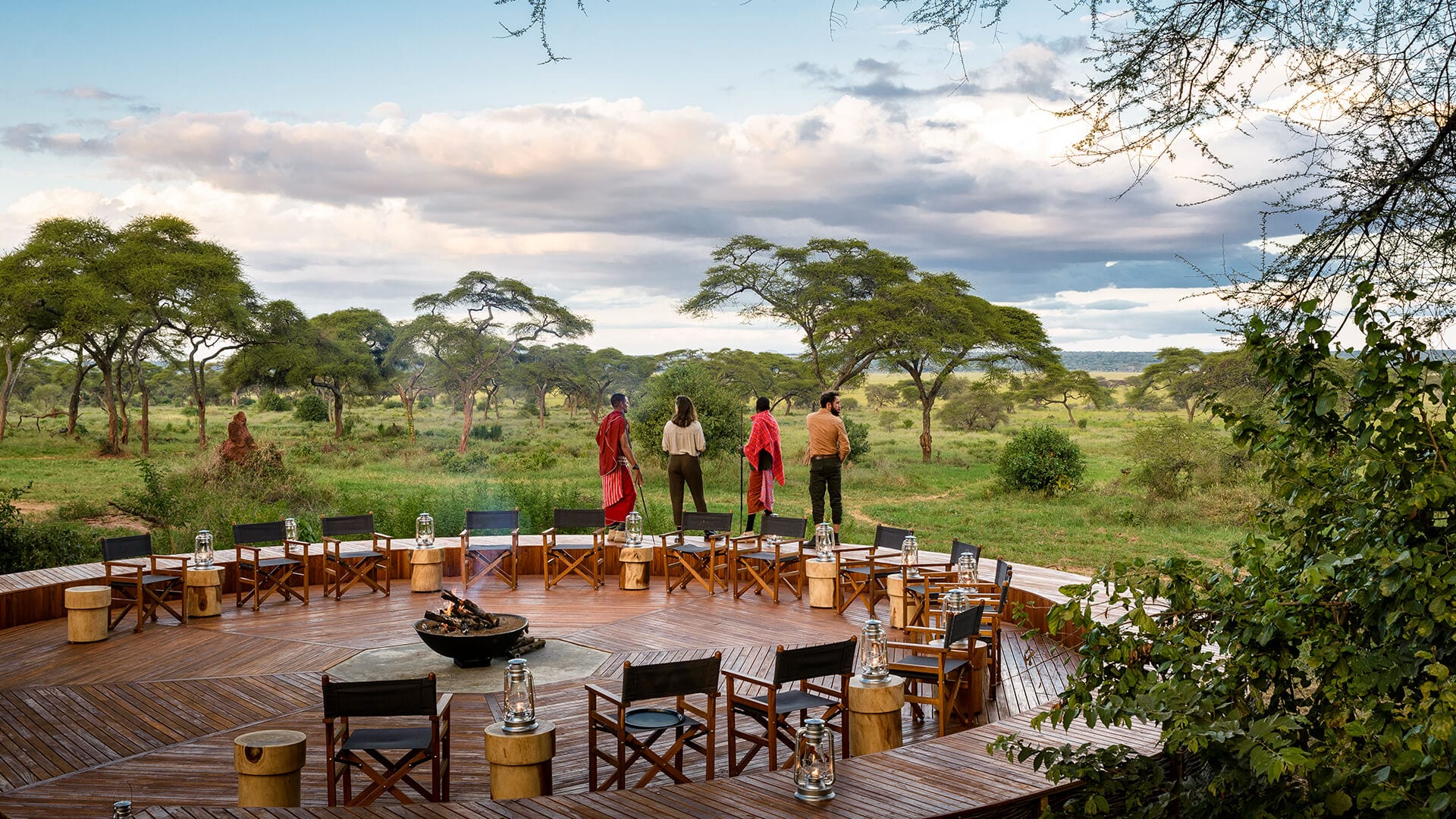Tarangire National Park, located in northern Tanzania, is one of the country’s hidden gems, offering a unique and immersive wildlife experience. Known for its vast herds of elephants, ancient baobab trees, and stunning landscapes, Tarangire provides an excellent alternative to the more famous Serengeti and Ngorongoro Crater while still offering rich biodiversity and fewer crowds.

Location and Accessibility
Tarangire National Park is situated about 120 kilometers southwest of Arusha, making it easily accessible by road from the city, which is the main gateway to Tanzania’s northern safari circuit. The park covers an area of approximately 2,850 square kilometers, making it the sixth-largest national park in Tanzania.
Landscape and Vegetation
The landscape of Tarangire is diverse, characterized by rolling hills, dense bush, and swamps. However, the park is most famous for its towering baobab trees, some of which are hundreds of years old. These ancient trees dominate the skyline and provide a dramatic backdrop for wildlife viewing. The Tarangire River, which flows through the park, is a vital water source for animals, especially during the dry season.
Wildlife in Tarangire
Tarangire is renowned for its large elephant populations, with herds of up to 300 individuals often seen congregating around the river. The park is also home to a variety of other animals, including lions, leopards, cheetahs, buffalo, giraffes, zebras, wildebeest, and an array of antelope species such as impalas and elands. The swamps and wetlands attract diverse birdlife, with over 500 species recorded, making Tarangire a paradise for birdwatchers.

The Great Migration and Seasonal Movements
While Tarangire is not part of the famous Great Migration that occurs in the Serengeti, it does have its own impressive seasonal movements. During the dry season, from June to October, animals migrate into Tarangire from surrounding areas in search of water, creating some of the most concentrated wildlife viewing opportunities in Tanzania. This influx includes thousands of zebras, wildebeests, and elephants, making it an ideal time for a safari.
Safari Experience
A safari in Tarangire National Park offers a more intimate experience compared to the busier parks like the Serengeti. Game drives are the primary way to explore the park, and visitors can expect to see a wide variety of wildlife, often without the crowds that can be found in other parks. The park’s varied landscapes provide a scenic backdrop for game viewing, and the presence of the Tarangire River ensures that animals are active and visible throughout the day.

Bird Watching
Tarangire is a birdwatcher’s delight, with a remarkable diversity of bird species. The park’s swamps are home to waterbirds such as the African jacana, kingfishers, and pelicans, while the drier regions are inhabited by ground hornbills, yellow-collared lovebirds, and the strikingly colorful lilac-breasted roller. The park also hosts several raptor species, including the martial eagle and the tawny eagle.
Cultural Experiences
In addition to wildlife, Tarangire offers cultural experiences with the Maasai and other local communities living near the park. Visitors can learn about traditional Maasai culture, including their customs, dress, and lifestyle, and have the opportunity to visit local villages or participate in cultural tours.
Conservation and Sustainability
Tarangire National Park is part of the larger Tarangire-Manyara Ecosystem, which plays a crucial role in the conservation of wildlife in northern Tanzania. The park’s management focuses on sustainable tourism practices, ensuring that the impact on the environment is minimized while providing visitors with a high-quality safari experience. Conservation efforts also include anti-poaching initiatives and community engagement programs that benefit the local communities and wildlife.

Best Time to Visit
The best time to visit Tarangire is during the dry season, from June to October, when the wildlife is most concentrated around the Tarangire River. This period offers excellent game viewing opportunities, particularly for elephant sightings. The green season, from November to May, brings lush landscapes and fewer tourists, making it a great time for birdwatching and enjoying the park’s natural beauty in a quieter setting.
Accommodation Options
Tarangire offers a range of accommodation options, from luxury lodges and tented camps to more budget-friendly campsites. Many of these accommodations are located within the park or just outside its boundaries, providing easy access to the park’s attractions and offering stunning views of the surrounding landscapes.
Conclusion
Tarangire National Park is a must-visit destination in Tanzania for those seeking an authentic and less crowded safari experience in Tanzania. Its rich wildlife, striking landscapes, and cultural connections make it a standout location in the country’s northern safari circuit. Whether you’re drawn by the promise of seeing large elephant herds, enjoying peaceful game drives, or experiencing the beauty of the baobab-studded plains, Tarangire offers an unforgettable African adventure.
